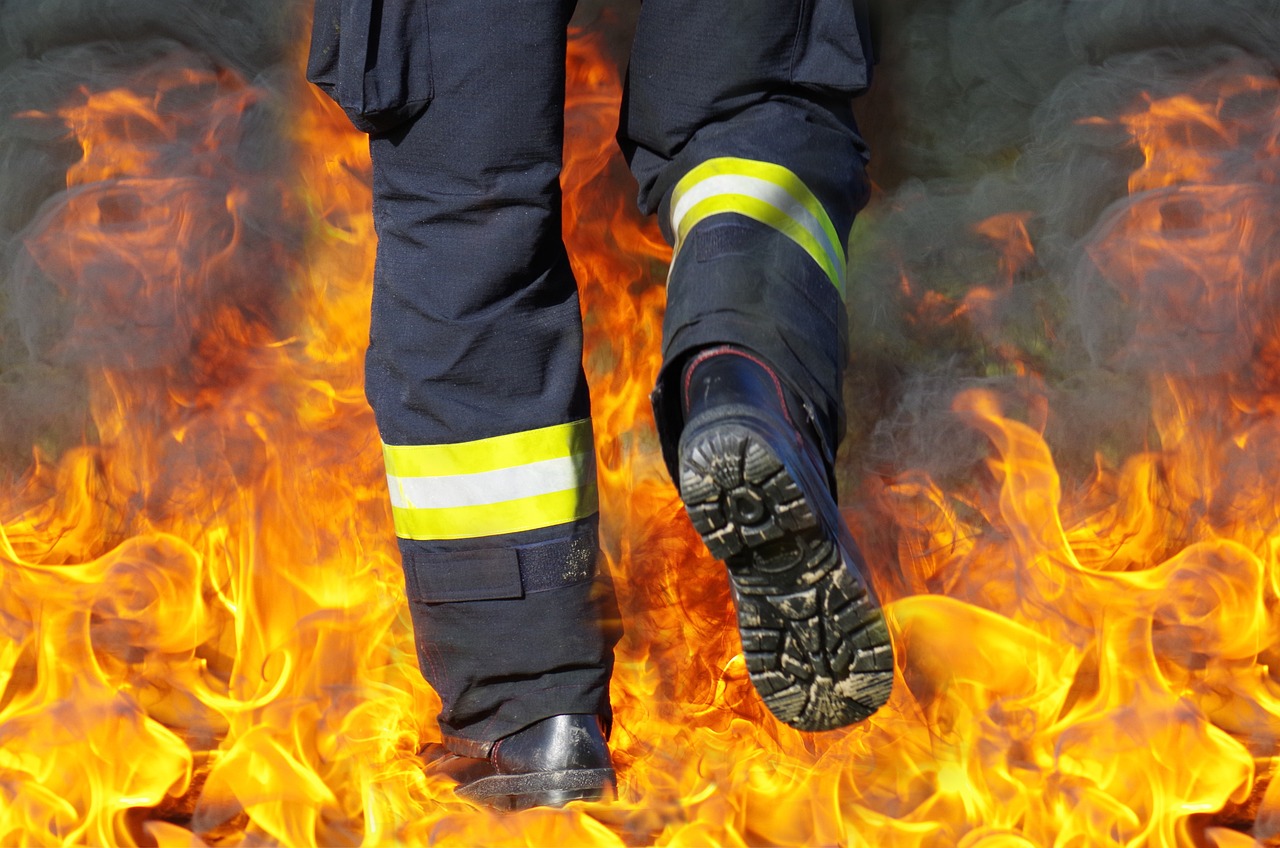The Significance of Firefighter Patches
Firefighter patches are more than just decorative items sewn onto uniforms; they are rich in symbolism and convey a deep sense of honor, bravery, and commitment. Each patch tells a story, representing the firefighter’s department, achievements, and values. This article delves into the meaning behind nine iconic symbols commonly found on firefighter patches, shedding light on their significance and the history they embody.
1. The Maltese Cross
Historical Origins
The Maltese Cross is one of the most recognized symbols on firefighter patches. Its origins date back to the Crusades, where the Knights of St. John used it as a symbol of protection and bravery. Today, it represents the courage and selflessness of firefighters.
Example: The New York City Fire Department (FDNY) features the Maltese Cross on their patches, symbolizing the bravery and sacrifice of their firefighters.
Significance
The Maltese Cross symbolizes the virtues of loyalty, bravery, and gallantry. It serves as a reminder of the firefighter’s commitment to protecting lives and property, even at the risk of their own lives.
Example: A firefighter wearing a patch with the Maltese Cross is recognized as someone who upholds the highest standards of courage and duty.
2. The Firefighter’s Helmet
Historical Development
The firefighter’s helmet has evolved over centuries, from simple leather caps to the advanced protective gear used today. The helmet is a universal symbol of the firefighting profession and is prominently featured on many patches.
Example: The Los Angeles Fire Department (LAFD) patch includes a firefighter’s helmet, symbolizing the history and evolution of firefighting gear.
Significance
The helmet represents the protection and preparedness of firefighters. It signifies their readiness to face danger and their commitment to safety.
Example: A patch featuring a firefighter’s helmet is a testament to the wearer’s dedication to being always prepared and vigilant.
3. The Ladder and Hook
Historical Context
Ladders and hooks have been essential tools for firefighters since the early days of the profession. They are used for reaching high places, rescuing people, and gaining access to burning buildings.
Example: The Chicago Fire Department (CFD) patch prominently displays a ladder and hook, highlighting the essential tools of the trade.
Significance
These tools symbolize the practical skills and resourcefulness of firefighters. They represent the hands-on, technical aspect of firefighting.
Example: A firefighter’s patch featuring a ladder and hook indicates the wearer’s expertise in using these crucial tools to save lives and fight fires.
4. The Hydrant
Historical Background
Fire hydrants have been crucial in firefighting since their invention in the early 19th century. They provide a reliable water source for fighting fires and are a common feature on firefighter patches.
Example: The Boston Fire Department (BFD) patch includes a fire hydrant, symbolizing the importance of water access in firefighting efforts.
Significance
The hydrant represents the lifeline of firefighting operations – water. It signifies readiness and the ability to respond quickly to emergencies.
Example: A patch with a fire hydrant symbolizes the firefighter’s reliance on and expertise in managing water supply during firefighting operations.
5. The Ax
Historical Use
The firefighting ax is a versatile tool used for breaking down doors, cutting through debris, and creating escape routes. It has been a staple in the firefighter’s toolkit for centuries.
Example: The San Francisco Fire Department (SFFD) patch features a crossed ax, representing the strength and determination of its firefighters.
Significance
The ax symbolizes the power and resilience of firefighters. It represents their ability to overcome obstacles and perform their duties under challenging conditions.
Example: A firefighter’s patch with an ax highlights the wearer’s strength, courage, and unwavering commitment to saving lives.
6. The Flame
Symbolic Meaning
The flame is a direct representation of the primary adversary firefighters face – fire. It symbolizes both the destructive power of fire and the firefighter’s role in controlling and extinguishing it.
Example: The Houston Fire Department (HFD) patch incorporates flames, symbolizing the ever-present threat of fire and the courage required to confront it.
Significance
The flame represents the challenges and dangers inherent in firefighting. It serves as a reminder of the constant vigilance and bravery required in the profession.
Example: A patch featuring flames indicates the firefighter’s readiness to face the dangers of fire head-on.
7. The American Flag
Patriotic Symbolism
The American flag is a common symbol on firefighter patches, representing patriotism and the firefighter’s role as a protector of the community and the nation.
Example: Many fire departments across the United States, including the Miami Fire-Rescue Department, incorporate the American flag into their patches.
Significance
The flag symbolizes the firefighter’s dedication to serving their country and community. It represents the values of honor, duty, and service.
Example: A firefighter’s patch with the American flag signifies the wearer’s commitment to upholding the principles of freedom and justice.
8. The Star of Life
Emergency Medical Services
The Star of Life is a symbol used in emergency medical services (EMS) and is often featured on patches of fire departments that provide medical response services.
Example: The Phoenix Fire Department (PFD) patch includes the Star of Life, highlighting their dual role in firefighting and emergency medical response.
Significance
The Star of Life represents the medical training and capabilities of firefighters who also serve as first responders in medical emergencies.
Example: A patch with the Star of Life indicates the firefighter’s proficiency in providing life-saving medical care.
9. The Shield
Historical Significance
The shield has been a symbol of protection and defense for centuries. In the context of firefighting, it represents the firefighter’s role in safeguarding lives and property.
Example: The Seattle Fire Department (SFD) patch features a shield, symbolizing the protection and security provided by its firefighters.
Significance
The shield represents the protective aspect of the firefighting profession. It signifies the firefighter’s commitment to defending their community against the threat of fire.
Example: A firefighter’s patch with a shield underscores the wearer’s role as a guardian and protector.
The Legacy of Firefighter Patches
Firefighter patches are rich in symbolism and meaning, representing the history, values, and commitment of the firefighting profession. Each symbol on a patch tells a story of bravery, dedication, and service. From the Maltese Cross to the shield, these icons convey the firefighter’s role as a protector and hero.
As we explore the significance of these symbols, we gain a deeper appreciation for the sacrifices and dedication of firefighters. Their patches serve as reminders of their unwavering commitment to safeguarding lives and property, often at great personal risk. By understanding the language of firefighter patches, we honor the legacy of these everyday heroes and the profound impact they have on our communities.
If you are interested in purchasing high-quality custom patches, feel free to call us at 1-877-503-8485 or fill out one of our FREE quotes here.




